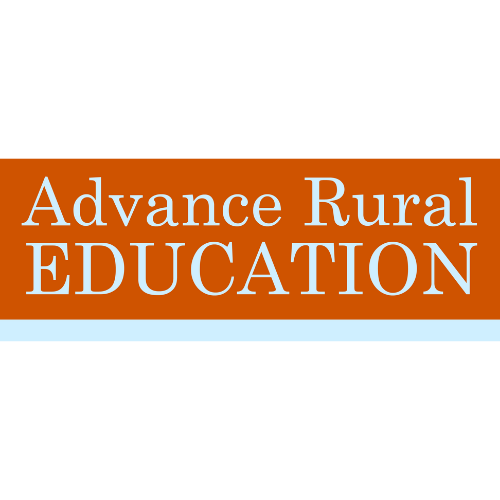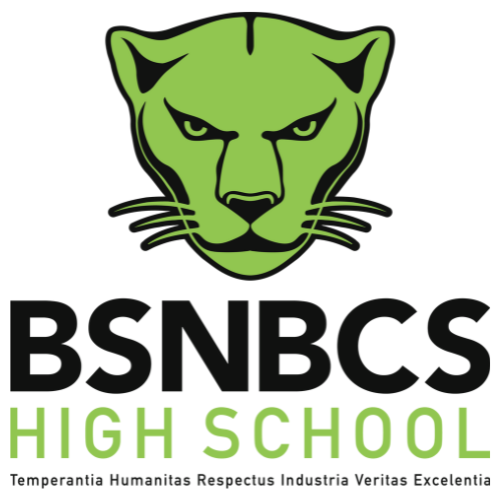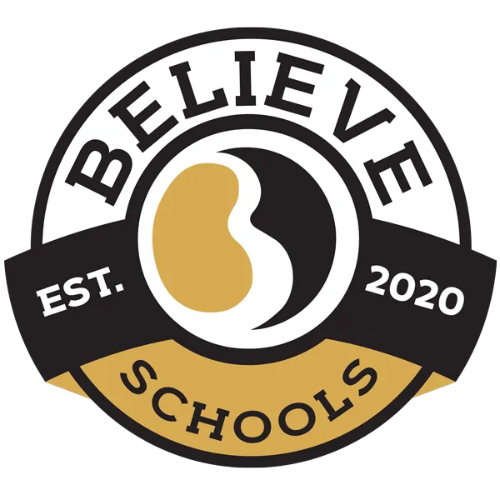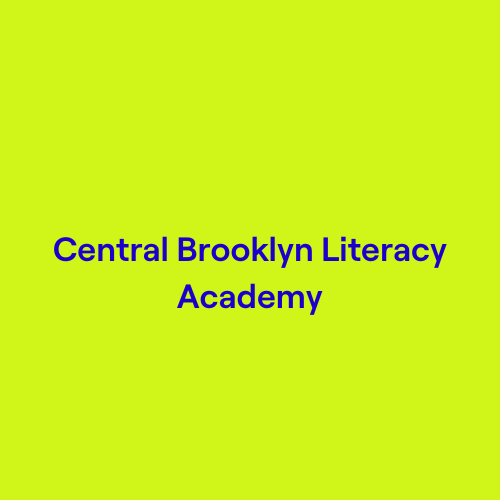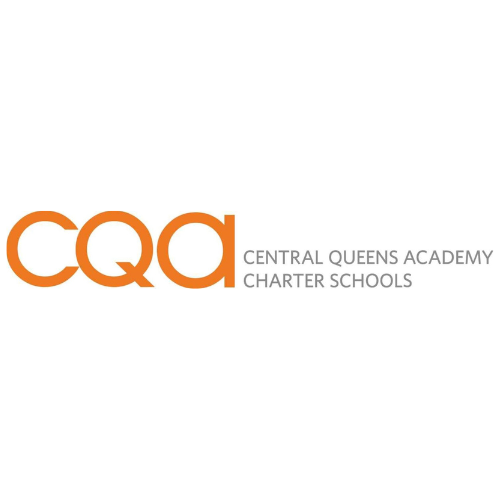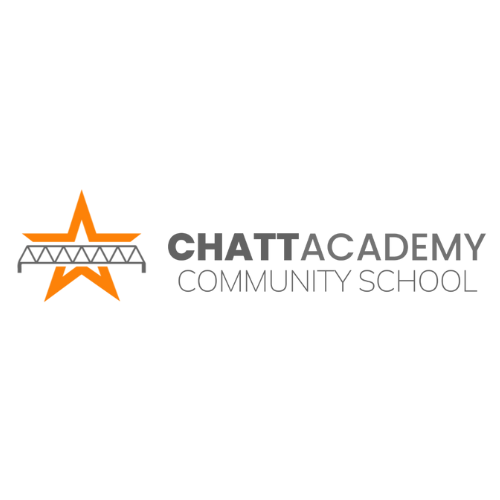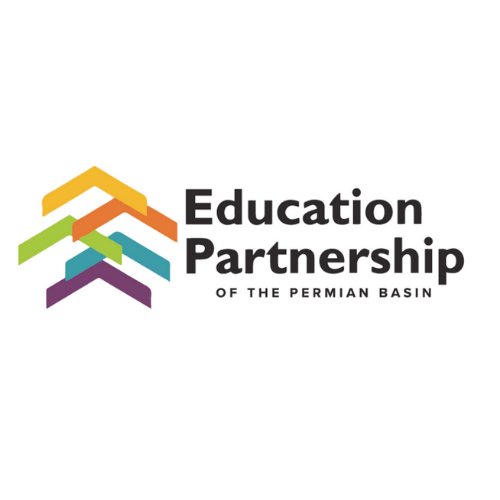Innovative Schools
Overview
Every child has a fundamental right to an excellent education that gives them choice and opportunity. Young people deserve to finish high school ready to build a better future for their families and become the future leaders and problem solvers our world needs. Yet too many children — especially students experiencing poverty, students of color, multilingual learners, and students with learning differences — lack access to the engaging and rigorous learning opportunities they need. It’s time to create new schools that work better for today’s students.
NewSchools is committed to supporting educators with bold new school visions. We support the creation of new public, charter and district schools that provide students with a solid academic foundation and the mindsets, habits, and skills needed for lifelong success (which we call an expanded definition of student success).
Because we know that each community’s needs are unique, we support founders with innovative designs for new schools that are co-created with students and their families. Our definition of an innovative school is broad. We believe innovation can and should take many forms, including combining new ideas with proven practice. While approaches may vary, all schools in our portfolio are student-centered, embrace an expanded definition of student success, and prioritize equity by holding high expectations for all, ensuring learning outcomes are not predictable by identity.
What We’re Looking For
NewSchools will invest in school founders committed to bringing new school models to life. We support educators who are designing new, innovative public schools opening in Fall 2025, Fall 2026, or Fall 2027. We fund a school team’s planning years (12-24 months prior to opening) and/or provide support for the first three years of a school’s operation. We support teams that are creating:
- The first or second school of an emerging charter school network
- A new school with a significantly different model in an existing charter network
- New district schools, tribally controlled schools or schools operated by the Bureau of Indian Education
We are also interested in learning more about how school founders are supporting post-secondary success, students with learning differences, leveraging generative AI, and/or adopting new approaches to educator roles.

